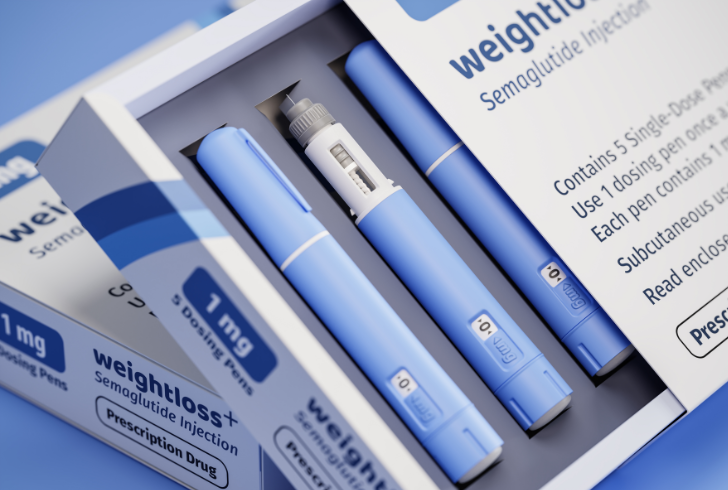Health insurance is about to get more expensive for millions of workers next year. Employers across the country are preparing for the steepest rise in benefit costs in more than a decade, leaving employees bracing for higher premiums, copays, and deductibles.
While inflation has cooled compared to recent years, the financial pressure of health coverage is expected to grow in 2026.
Rising Premiums and Deductibles
According to Mercer’s National Survey of Employer-Sponsored Health Plans, employers are projecting an average increase of about 6% to 7% in premiums for 2026. To keep company budgets under control, many businesses will pass a larger share of those costs to employees through higher deductibles and copays.
Beth Umland, Mercer’s director of research for health and benefits, explained that the increase reflects both rising prices for medical services and greater use of health care. During the pandemic, many companies absorbed higher costs to protect their workers, but fewer are willing to do so now.
In fact, nearly 60% of employers plan to adjust their health insurance strategies to cut costs, up from 44% last year. That often means shifting more responsibility to employees at the point of care.
Why Costs Keep Climbing
Several factors are pushing insurance expenses higher, including:
1. Cancer care

Freepik | Cancer has topped the list for employer healthcare cost increases for the past four years.
Employers report that cancer has been the top driver of cost increases for four consecutive years. Screening, treatment, and innovative therapies are all more expensive.
2. GLP-1 medications
Popular drugs used for diabetes and weight management are contributing significantly to employer costs. While most companies cover these medicines for diabetes, fewer do so for obesity treatment. Some businesses require employees to meet conditions such as prior approval or participation in weight programs to keep spending in check.
3. Mental health services
Demand for therapy and counseling continues to rise, which, while beneficial for employees, adds to total health plan costs.
Employers are also monitoring external economic forces. Trade tariffs and changes in federal health policy could raise prices further, although the exact impact remains uncertain.
How Employers Are Responding
Many companies are trying to balance affordability with quality by offering more plan choices. For example, some health plans provide broad access to doctors but apply different out-of-pocket charges depending on the provider selected. This approach gives employees flexibility but requires careful plan comparisons during open enrollment.
The Business Group on Health, which represents large employers, expects a 7.6% rise in costs next year, while PwC projects medical cost growth around 8.5%. Both estimates signal a challenging year ahead for workers and companies alike.
At the same time, employers are expanding preventive health measures. To curb long-term expenses, businesses are investing more in early detection, such as broader breast cancer screenings and alternatives to traditional colonoscopies. These initiatives aim to catch conditions earlier and reduce the need for more expensive treatment later.
What Employees Should Know

ncsl.org | Some specialty drugs, including GLP-1s, may not be fully covered without additional approval.
Workers will learn the full details of their 2026 health insurance options during fall open enrollment. It will be important to review each plan carefully, since lower premiums might come with higher deductibles or more restrictions on coverage.
Employees should pay attention to:
1. Deductible levels - Higher deductibles could mean paying thousands of dollars out of pocket before coverage begins.
2. Prescription coverage - GLP-1 drugs and other specialty medications may require additional approval or program participation.
3. Provider networks - Out-of-network care can be significantly more expensive, so understanding which doctors and hospitals are included is essential.
Making thoughtful choices during enrollment can help avoid surprise costs throughout the year.
Outlook for 2026
Insurance costs have now been climbing at elevated levels for four straight years, following a decade of steadier increases. With employers expecting medical prices to stay high, workers should prepare for continued pressure on their paychecks. While companies are exploring strategies to manage expenses, from preventive care to plan redesigns, the reality is that employees will likely shoulder more of the financial burden.
As 2026 approaches, the best step is to stay informed, understand plan options thoroughly, and prepare for higher out-of-pocket expenses. Health insurance may not get cheaper anytime soon, but careful planning can help make the most of available coverage.
